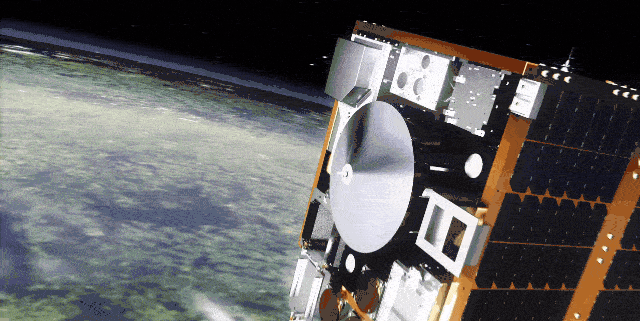
On the whole, space is mostly empty, but the space around the Earth is anything but. Earth’s orbit is full of thousands of satellites, pieces of debris, and junk from the thousands of rocket launches over the past few decades. This presents a serious problem for future satellites: Any one of them could be randomly taken out by a flying piece of space junk.
The only way to solve this problem is to clean up space, but that’s easier said than done. Plenty of organizations, including NASA and the Chinese and Japanese space agencies, have developed their own prototype space debris catchers. On Monday, one such debris catcher, named RemoveDEBRIS, was launched into space and will undergo testing over the next few weeks.
RemoveDEBRIS was developed by a team of scientists and engineers at the University of Surrey Space Center, and funded in part by the European Commission. The RemoveDEBRIS satellite is currently on its way to the International Space Station, where the astronauts will assemble it and launch it into space.
From there, RemoveDEBRIS will test a handful of different methods for catching space junk. The satellite will launch a handful of small cubesats to act as targets, and the main satellite will attempt to capture them with both a giant net and a harpoon.
Both of these techniques have been proposed as possible methods for removing space junk, but neither of these have been tested in space before. This will be the first such test of both of these methods and it could inform future missions to try and clean up Earth’s orbit.
Once the experiments have been performed, RemoveDEBRIS will deploy a ‘drag sail’ that will bring the satellite back into the atmosphere and out of orbit. If the mission is as successful as the designers hope, RemoveDEBRIS could pave the way for future missions to actually start making Earth’s orbit a little safer.
